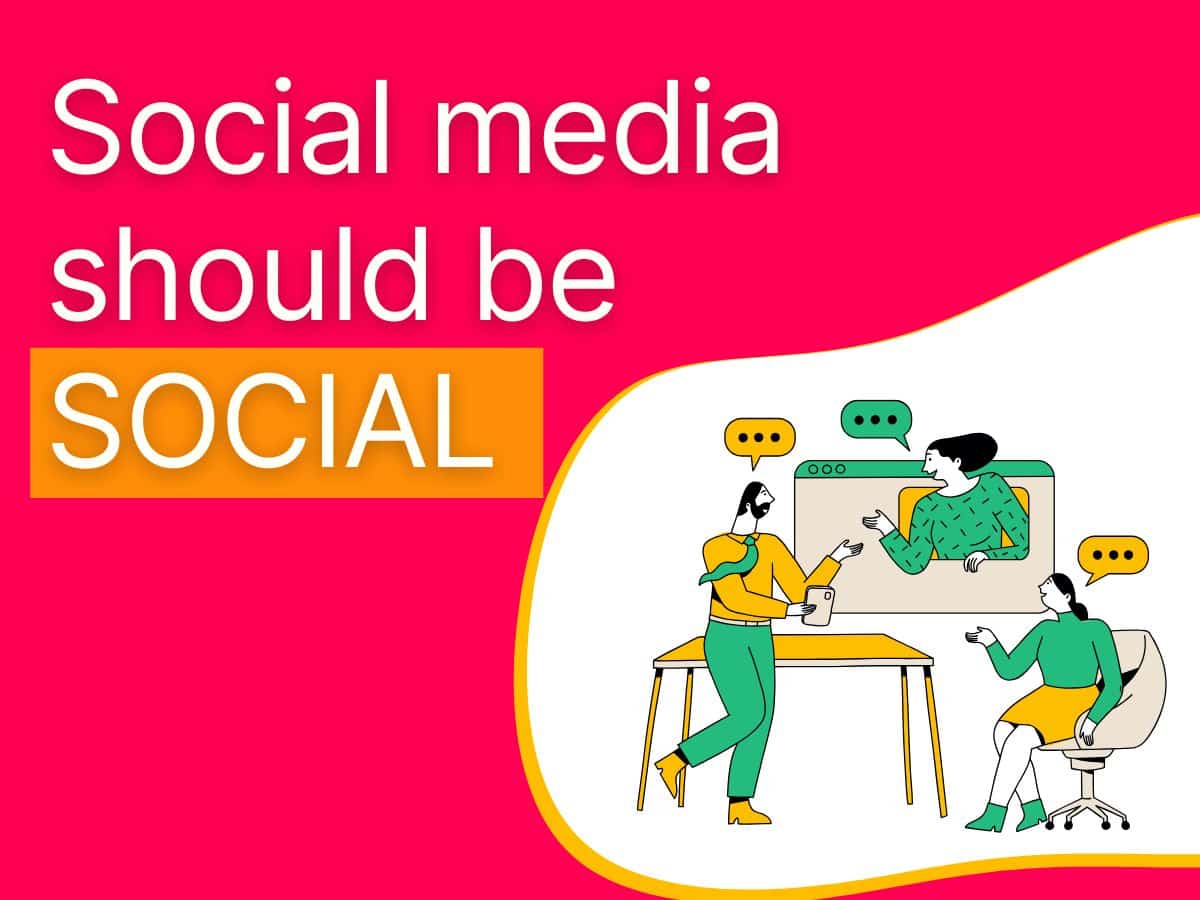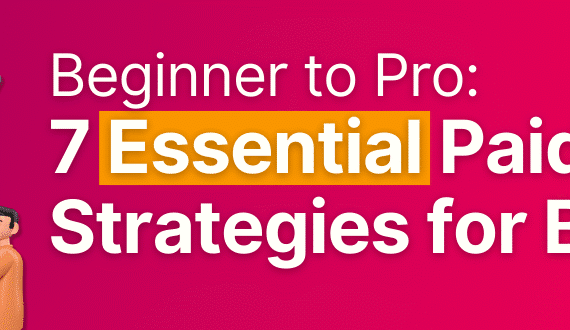The world of marketing is in constant flux, and boy, do we know it. We started our monthly round-up blog, The Digital RoundUp, because news and platforms change so much in this industry. Exclusively looking month-to-month, is something we try and avoid with our clients, as it can cause you to anchor too closely to see how significantly the industry is moving. Taking a step back and looking at how marketing has changed so far this year, we have entered into a whole new marketing landscape. From the fragmenting nature of search to the power of employee advocacy and the delicate balance with AI, here’s a round-up of the key discussions.
The Evolving Role of SEO, Beyond Keywords
SEO is no longer just about keywords and website optimisation. The focus has shifted. The fundamental question around SEO used to be “What keywords should we rank for?”, however, as search has evolved the question is now, “Where is your audience?” Are they asking Siri, searching on Google, or scrolling on TikTok? Search behaviour is fragmenting, meaning brands need to be present wherever their audience is looking for answers. This move away from solely keyword-driven strategies to ensuring brand presence across multiple platforms is crucial.
Even users that are remaining on traditional search engines are changing the way they search. Google’s AI Overview, reduced the need for users to click through to websites. By displaying concise, AI-generated responses at the top of the search page, it enhanced user convenience, but has also significantly impacted website traffic. Impact metrics like clicks and impressions are losing their sway. Instead, the emphasis is on driving and measuring trust.
With AI cementing itself into how people search online, we’re entering an era where content needs to be both machine-readable and human-readable. FAQs, for instance, should answer questions for a human while providing a structure that machines can easily interpret. We need to become “LLM whisperers” to ensure AI models convey our desired message to potential customers.
Has SEO Left Marketing?
A fascinating shift that happened this year is that SEO is no longer a siloed function, it needs to sit within the entire business, making it essential for product teams working on landing pages to understand how these pages appear in search results.
Traditionally SEO referred to search engines, like Google and Bing. Since then, it has evolved into a behaviour that spans search engines, social media, and AI Large Language Models (LLMs). This means open communication with product teams can yield invaluable insights and ideas. We are in a period of significant change, prompting critical questions… Where is SEO located internally? What platform is it on? What tactics should be employed, and how is it even working right now? The message is clear, silos must come down. SEO, PR, social media, and content must work together towards shared goals of brand building and credibility.
As SEO continues to move away from just traditional search engines, it has never been more important to have a consistent brand narrative. With LLMs increasingly influencing how brands are perceived, any hallucination or misrepresentation by AI can be detrimental. Brands must ensure any prompts about their brand accurately reflect their desired image. Preempting what consumers may be searching for ahead of time and aligning your web content, social media and anywhere else your brand may be represented.
Search is no longer solely text-based; voice and image searches, facilitated by mobile features like circle search on photos, are increasingly common. Every business team should be aligned to ensure the brand is represented as desired. This necessitates “search everywhere optimisation,” brand visibility across multiple platforms is more crucial than ever. This “search everywhere optimisation” marks a clear shift towards a multimedia and omnichannel approach.
Leveraging Employee Advocacy
If your brand isn’t present in conversations on social media, you’re missing out. Social media should be just that, SOCIAL, yet so many brands use it as a one-way megaphone. These conversations should be led by your employees, positioning themselves as thought leaders in the industry. People trust faces and names, not just logos. The average reach of a socially connected employee base can be 10 times that of the brand, with engagement rates 7-10 times higher.
Your buyers are having conversations right now that you might not be privy to. If your company strategy stops at your company page, you’re not just behind, you’re invisible to your target audience. Brands need to enable their teams to be part of the conversation.
To implement employee advocacy at scale, it needs to be easy for your employees. However, you want to ensure that your brand is consistent. Guidance should be provided to ensure brand recognition while allowing for individual personality.
One easy way to encourage employees to engage on social media is through gamification and rewarding top contributors. Employee advocacy should be a company-first approach, pushed wherever customers are most active, for a B2B company this would probably be on LinkedIn, however these conversations can also happen on X, Facebook, Threads, or Reddit. Critically, leadership buy-in is essential for widespread adoption. Seeing what leaders in the company are posting, helps employees feel secure in what they are sharing online in a more professional manner.
Stay Up To Date With Marketing
Digital marketing is ever-evolving, with new social media channels, new forms of searching for content and updates to algorithms and consumer changes. It’s important to stay up to date with the latest information to ensure your marketing is moving towards hitting your goals and targets.
There’s a lot to keep up with in marketing, which is why we offer a range of online and face-to-face marketing training courses and 1-2-1 consultancy packages that cover the latest trends and best practices that your organisation needs in order to succeed.
Never miss what’s happening in the industry again, with monthly news highlights and tips from digital marketing experts delivered straight to your inbox.
Sign up for the latest digital insights!







